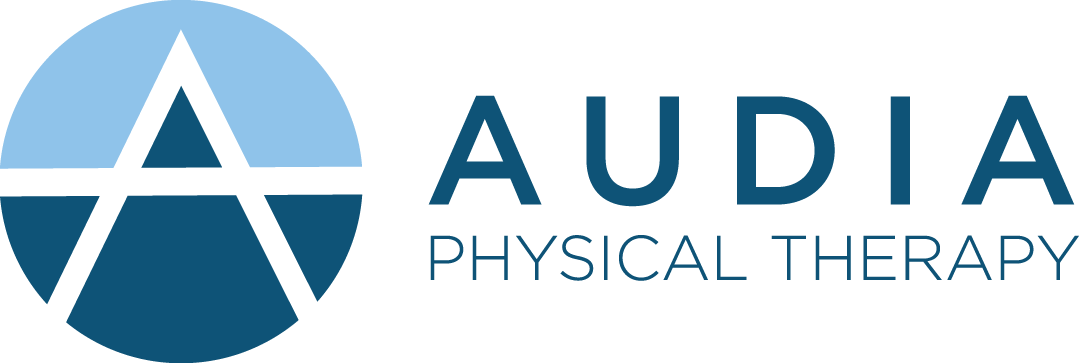When using your insurance after a stroke can be a disadvantage
Good news: We do not accept your insurance.
Let’s be honest, this is not usually a welcome statement to most people… but maybe it should be. We tend to think, “this can’t be good news because using my insurance saves me money and gets me the most effective care.” After almost 2 decades of experience working in every type of rehab setting in the medical field, I’m here to tell you that is not always the case. The truth is that selecting a direct-pay physical therapist allows you to choose the very best specialist, create the most effective programs, and carry out that program until you reach your highest potential.
There are over 795,000 cases of stroke every year in the United States alone. It is a top-5 leading cause of death and the #1 cause of disability in the US. There are over 7 million stroke survivors in the US and approximately 2/3rds of them are currently disabled. All this information points to a stroke survivor population that continues to grow but is not being served with the most effective rehabilitation.
Stroke survivors can receive great care in hospitals and subacute facilities but what happens once they are discharged home? Once a stroke survivor reaches the outpatient-level of therapy, the best they can hope for is therapy at a 3x/wk basis at 1hr per discipline (PT/OT/SLP). This results is 3 total hours of each discipline per week. When it comes time for re-evaluation, if these patients do not make significant functional progress (a vague term that is only as good as the measurement tool used to evaluate it), they are discharged from physical therapy because the insurance benefits stop. What then? Has the potential for these patients ended?
Being discharged from outpatient therapy because “you’re not making progress fast enough” or because “you’ve plateaued in your progress” can hurt patient motivation and lead to functional regression. (See: Overcoming Plateaus in Progress) . Choosing to continue your physical therapy with a direct-pay option allows patients to choose the appropriate level of intensity for their recovery. The appropriate therapeutic intensity is vital to each person’s recovery. (Find out more: Why Intensity Matters). The appropriate time and intensity allows for complete treatment of the entire body (both upper extremity needs and overall functional mobility/balance) and allows for the continuation of treatment for patients that can make slower progress.
Choosing a direct-pay option can also allow you access to physical therapists that specialize in stroke and have a vast understanding of your case. This saves you the time and frustration of trying things that send your recovery down the wrong path. It also allows you to customize your goals to focus on the quality of movement and not just your independence in function. We can understand that it may be ok to limp your way to function in order to get out of the hospital but it is not ok to limp for the rest of your life. Strong compensatory movements can lead to pain and arthritis later in life that can ultimately limit your overall potential and long-term quality of life.
If you want to continue using your insurance but make even better progress, try supplemental direct-pay physical therapy on your off-days. This technique can help you make faster progress to stay in your insurance-based PT program longer because of the improved potential to display functional gains with increased intensity. You can even reap the benefits of two skilled therapists working together and combining the approaches. There is also the benefit of completely transparent pricing so you can budget your resources accordingly instead of being surprised by medical bills. This may seem like more money to spend but think about the amount of money it will cost you long-term if you do not reach a functional level where you can move without injuring yourself.
There is no doubt that stroke survivors are a unique population with unique needs. Unfortunately, insurance providers rarely understand those needs. Direct pay physical therapy allows the decision of care to be prescribed and agreed upon between the patient and the doctor of physical therapy. These are the two people that understand each person’s individual needs and goals best and helps to create the most effective program for the optimal recovery of every person.


